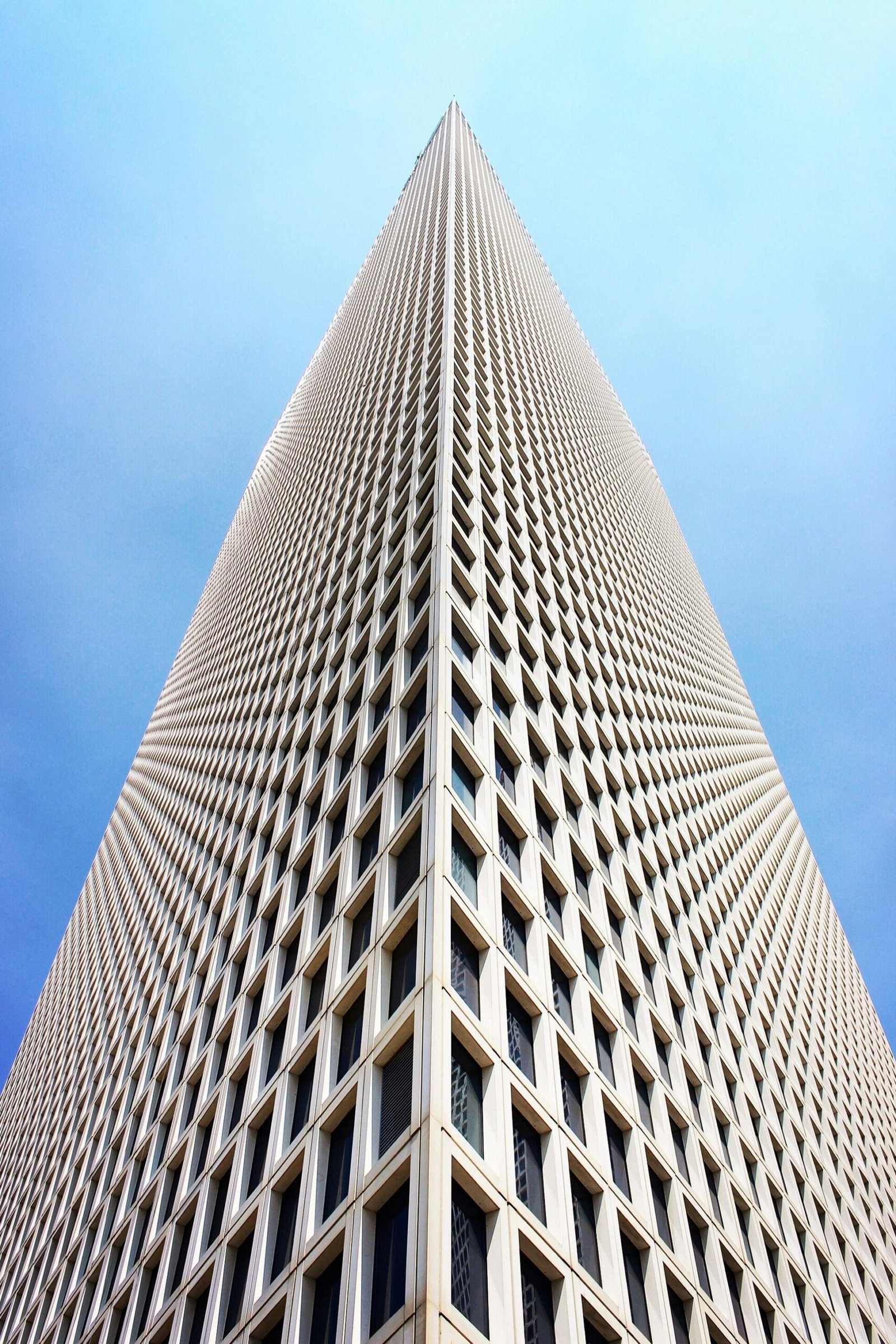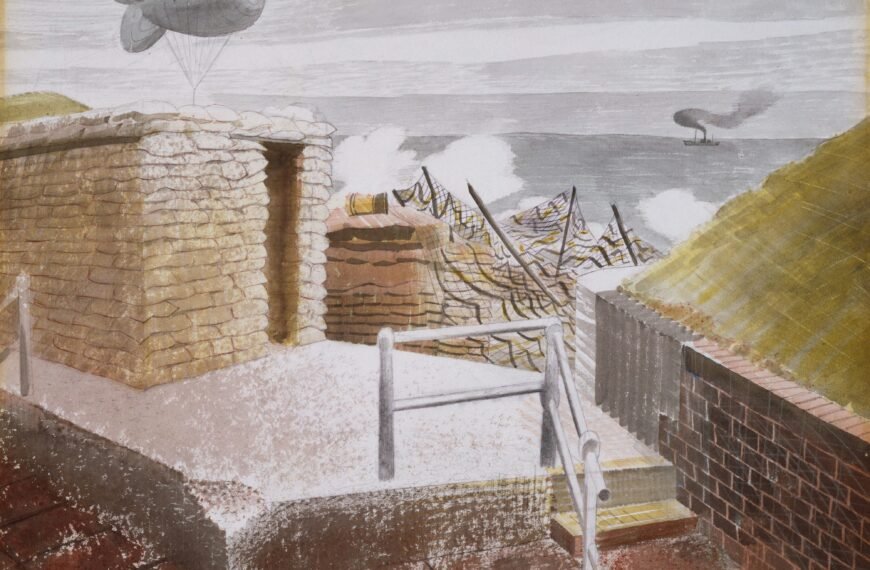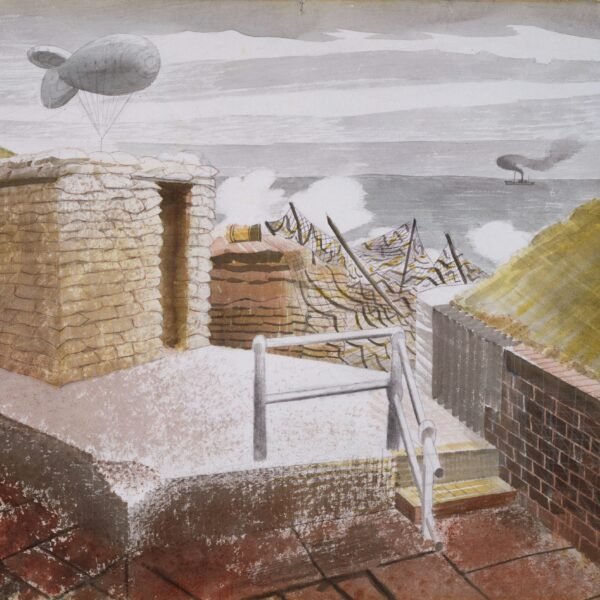If you’ve ever experienced a blisteringly hot summer in Britain, you’ve probably noticed how ill-equipped the buildings are for the heat. Air conditioning is a scarcity, and the sweltering temperatures have many longing for relief. However, it’s intriguing to discover that the principles of “tropical modernism,” an architectural movement that originated in West Africa and India after World War II, were actually pioneered by two Britons, Maxwell Fry and Jane Drew. The Victoria and Albert Museum in London is currently hosting an exhibition titled “Tropical Modernism: Architecture and Independence,” which explores how these regions adapted and transformed the style to suit their own unique climates and political context. Through vibrant photographs, artifacts, models, and architectural plans, the exhibition provides a captivating glimpse into the importance of architecture and aesthetics for newly independent nations in their postcolonial era.

The Origins of Tropical Modernism
Influence of Maxwell Fry and Jane Drew
Tropical modernism, a postwar architectural movement that originated in West Africa and India, can be attributed to the innovative ideas and designs of two British architects, Maxwell Fry and Jane Drew. Inspired by the Swiss-French architect Le Corbusier and the German architect Walter Gropius, Fry and Drew envisioned radical new buildings and urban planning methods that embraced the principles of modernism. Their belief in the use of new materials, minimal ornamentation, and sweeping, simple lines laid the foundation for the tropical modernist style.
Early architectural movements in Britain
During the mid-1930s in Britain, a group of architects, including Fry and Drew, began to challenge traditional architectural norms and explore more experimental designs. This period marked the emergence of modernism in British architecture. Influenced by Le Corbusier and Gropius, these architects saw the potential of modernist principles in revolutionizing architectural practices. However, their ideas faced resistance and criticism from traditionalists, who saw modernism as a departure from conventional aesthetics.
Influences from Le Corbusier and Walter Gropius
Le Corbusier and Walter Gropius played significant roles in shaping Fry and Drew’s architectural vision. Le Corbusier, known for his innovative approach to architecture and urban planning, emphasized the importance of functionality, rationality, and the use of new materials. Gropius, who fled Nazi Germany and settled in London in 1934, introduced the ideas of the Bauhaus movement and its principles of simplicity, efficiency, and integration of art, design, and architecture. The influence of these two pioneers of modernist architecture can be seen in the works of Fry and Drew, particularly in their exploration of new materials and minimal ornamentation.
Adaptation to the Tropical Climate
Challenges of hot weather in Britain
Despite being from Britain, Fry and Drew recognized the challenges posed by the hot weather in tropical regions. They acknowledged that the traditional architectural styles and materials used in Britain were not suitable for the tropical climate. With their understanding of the impact of climate on architecture, they sought to develop innovative solutions that would address the unique architectural needs of tropical regions.
Importance of air conditioning
One of the significant challenges in tropical climates is the high temperature and humidity. Fry and Drew understood the importance of providing comfortable indoor environments and recognized the potential of air conditioning in achieving this goal. While air conditioning was not widely available at the time, they believed that its incorporation into architectural design could greatly enhance the livability of buildings in tropical regions.
How tropical modernism addresses climate concerns
Tropical modernism, as developed by Fry and Drew, addresses climate concerns by integrating passive design strategies and innovative building techniques. The architectural style emphasizes the use of natural ventilation, shading devices, and appropriate building orientations to minimize heat gain and maximize airflow. Additionally, the selection of suitable materials that can withstand the tropical climate is crucial in ensuring the longevity and sustainability of the buildings. By adapting architectural design to the tropical climate, Fry and Drew demonstrated their commitment to creating functional and comfortable spaces that harmonize with the environment.

Tropical Modernism in West Africa and India
Importance of architecture in postcolonial eras
The postcolonial era in West Africa and India was marked by a desire for independence and a sense of national identity. Architecture played a crucial role in expressing these aspirations and shaping the new nations’ identities. The adoption of tropical modernism in these regions allowed for the creation of distinctive architectural styles that reflected the local culture and responded to the unique climate and needs of the people.
Exhibition at the Victoria and Albert Museum
The Victoria and Albert Museum in London hosted an archival exhibition titled “Tropical Modernism: Architecture and Independence.” This exhibition showcased the impact of tropical modernism in West Africa and India, highlighting the architectural achievements and contributions of Fry and Drew, among other architects. Through photographs, artifacts, models, architectural plans, and artworks, the exhibition depicted the importance of architecture and aesthetics in the transition from colonialism to postcolonialism.
Display of photographs, artifacts, models, plans, and artworks
The exhibition curated a diverse range of materials to illustrate the evolution and significance of tropical modernism. By showcasing photographs, artifacts, models, architectural plans, and artworks, attendees were able to gain deeper insights into the architectural principles and designs that defined this movement. This visual representation also emphasized the creative and cultural impact of tropical modernism on the architectural landscape of West Africa and India.
Architects of Tropical Modernism
Maxwell Fry and Jane Drew
Maxwell Fry and Jane Drew were influential figures in the development of tropical modernism. Their collaborative approach and innovative ideas paved the way for a new architectural style that responded to the specific needs and challenges of tropical regions. With their extensive experience and expertise, Fry and Drew led the way in adapting modernist principles to the tropical climate and reshaping the architectural landscape.
Their contribution to tropical modernism
Fry and Drew’s contribution to tropical modernism extended beyond design and aesthetics. They recognized the socioeconomic and cultural context in which their architecture was situated and aimed to create spaces that were not only functional but also responsive to the needs and aspirations of the local communities. Their holistic approach to architecture encompassed considerations of climate, culture, and social dynamics, making them pioneers in the field of tropical modernism.
Works in Ghana and other regions
Fry and Drew’s impact can be seen through their architectural projects in various regions, most notably in Ghana. Their designs in Ghana showcased the integration of modernist principles with local materials and construction techniques, resulting in unique and culturally relevant buildings. Their works in other regions also demonstrated their ability to adapt their designs to different contexts while maintaining the core tenets of tropical modernism.

Distinctive Features of Tropical Modernist Architecture
Use of new materials
Tropical modernist architecture embraced the use of new materials that were suitable for the tropical climate. Traditional building materials used in Britain were often not appropriate for the high humidity and temperature of tropical regions. Fry and Drew experimented with materials such as concrete, steel, and glass, which offered durability and resistance to the harsh tropical conditions.
Minimal ornamentation
In contrast to the elaborate ornamentation of traditional architectural styles, tropical modernist architecture favored minimalism. Simplified forms, clean lines, and uncluttered facades characterized the aesthetic of this architectural style. This minimalist approach not only suited the tropical climate but also aligned with the modernist principles of functionality and efficiency.
Sweeping and simple lines
Tropical modernism emphasized the use of sweeping and simple lines in architectural design. This approach created a sense of openness and allowed for optimal natural ventilation and airflow. The fluidity of the lines also echoed the organic forms found in nature, blending the built environment with its tropical surroundings.
Public Perception in Britain
Resistance to modernist aesthetic
The modernist aesthetic espoused by Fry and Drew faced resistance and criticism in Britain. Traditionalists believed that the spare and minimalist designs were a departure from the established architectural norms and lacked beauty and ornamentation. The clash between the modernist movement and traditional aesthetics led to debates and divisions within the architectural community and wider public.
Criticism from artists like Wyndham Lewis
Prominent artists like Wyndham Lewis voiced their criticism of the modernist aesthetic, dismissing it as unappealing and lacking artistic merit. Lewis famously described modernist architecture as “cod-liver oil to the sweet Anglo-Saxon palette,” highlighting the stark contrast between traditional artistic preferences and the emerging modernist designs. These critiques further fueled the resistance against the modernist movement in Britain.
Gropius’ departure from England and his opinion
Walter Gropius, one of the key influencers of Fry and Drew, had a significant impact on the development of tropical modernism. However, Gropius himself left England in 1937, disillusioned with the reception of modernist ideas. He expressed his disappointment by declaring England as “inartistic country.” Gropius’ departure reflected the challenges faced by proponents of modernist architecture in establishing their ideas in Britain.
Architecture and Independence
Symbolism of architecture in newly independent nations
Architecture played a symbolic role in newly independent nations as they sought to establish their identities. The adoption of tropical modernism allowed these nations to break away from colonial architectural styles and assert their own cultural and architectural autonomy. By embracing modernist principles and adapting them to their local contexts, these nations used architecture as a means of announcing their independence to the world.
Transition from colonial to postcolonial era
The transition from colonialism to postcolonialism marked a significant shift in the political, cultural, and social landscape of West Africa and India. Architecture played a crucial role in this transition, with tropical modernism emerging as a response to the changing times. The new architectural style reflected the aspirations and values of the newly independent nations and became a visual representation of their newfound identities.
Importance of aesthetics in nation-building
Aesthetics played a vital role in nation-building during the postcolonial era. Architecture became a powerful tool for shaping the image and identity of a nation. By adopting tropical modernism, West Africa and India were able to create architectural landscapes that embodied their unique cultural heritage and aspirations for the future. The emphasis on aesthetics and design showcased their commitment to creating visually striking and meaningful buildings that reflected their national identities.
Legacy of Tropical Modernism
Influence on contemporary architecture
The legacy of tropical modernism can be seen in contemporary architecture worldwide. The principles and design strategies developed by Fry and Drew continue to shape architectural practices today. The emphasis on sustainability, integration with the natural environment, and functional design are all key elements of tropical modernism that have found relevance in contemporary architecture.
Adoption of tropical modernist principles in other regions
The principles of tropical modernism, adapted to suit different climates and contexts, have been embraced by architects in regions beyond West Africa and India. The emphasis on adapting to the local climate, using new materials, and embracing simplicity and functionality has resonated with architects facing similar challenges in other tropical areas. The influence of tropical modernism can be seen in both residential and commercial buildings around the world.
Ongoing relevance of the movement
Despite the passage of time, tropical modernism remains a relevant and influential architectural movement. Its focus on addressing climate concerns, embracing sustainability, and creating aesthetically pleasing designs continues to shape the field of architecture. Tropical modernism serves as a reminder of the importance of context-sensitive design and the potential for architecture to enhance the lives of people in diverse climates and regions.
Critiques and Controversies
Debate on cultural appropriation
One of the enduring critiques of tropical modernism revolves around the issue of cultural appropriation. Some argue that the movement’s adoption and adaptation of architectural styles in West Africa and India by British architects like Fry and Drew can be seen as a form of cultural appropriation. The debate raises questions about the power dynamics and ethics surrounding the exchange of architectural ideas and practices between different cultures.
Criticism of Western influence in tropical modernism
Another criticism leveled against tropical modernism focuses on the influence of Western architects and their dominance in shaping the architectural landscape of postcolonial nations. Critics argue that the movement perpetuated Western ideals and aesthetics, overshadowing local architectural traditions and innovations. This critique highlights the need for a more inclusive approach that acknowledges and celebrates the contributions of local architects and builders in the development of tropical modernism.
Importance of recognizing local contributions
While acknowledging the contributions of Fry, Drew, and other Western architects, it is essential to recognize the role of local architects and builders in the development and evolution of tropical modernism. Local expertise, knowledge of regional context, and cultural sensitivity are crucial factors in creating architecture that is both functional and culturally relevant. The inclusivity of local contributions ensures a more balanced and respectful approach to architectural development.
Preserving and Restoring Tropical Modernist Architecture
Challenges faced in maintaining historic buildings
Preserving and restoring tropical modernist buildings presents a unique set of challenges. The use of innovative materials and construction techniques at the time of construction may require specialized expertise for repairs and maintenance. Additionally, the impact of tropical weather conditions can accelerate deterioration and require regular inspections and maintenance to preserve the integrity of the structures.
Efforts to conserve and restore tropical modernist structures
Recognizing the architectural and historical significance of tropical modernist buildings, efforts have been made to conserve and restore them. Conservation organizations, architectural institutions, and government bodies play a crucial role in identifying and protecting these structures. Through careful restoration and maintenance, the unique characteristics and aesthetic value of tropical modernist buildings can be preserved for future generations.
Balancing preservation with contemporary needs
Preserving tropical modernist architecture requires striking a balance between retaining the original design intent and accommodating contemporary needs. Adaptive reuse of these buildings ensures their continued relevance and functionality. By integrating modern technologies and sustainable practices, adaptive reuse projects can breathe new life into historic tropical modernist structures while honoring their cultural and architectural heritage.
In conclusion, tropical modernism, born out of the visionary ideas of Maxwell Fry and Jane Drew, emerged as a response to the unique challenges posed by the tropical climate. The movement’s focus on functionality, sustainability, and cultural sensitivity created a new architectural style that resonated with newly independent nations in West Africa and India. The legacy of tropical modernism can still be seen in contemporary architecture, and its principles continue to shape the field today. However, ongoing conversations about cultural appropriation and the recognition of local contributions underscore the need for a more inclusive and respectful approach to architectural development. Preserving and restoring tropical modernist architecture presents its own set of challenges, but the efforts to conserve these structures ensure their architectural and historical significance is recognized and celebrated.







